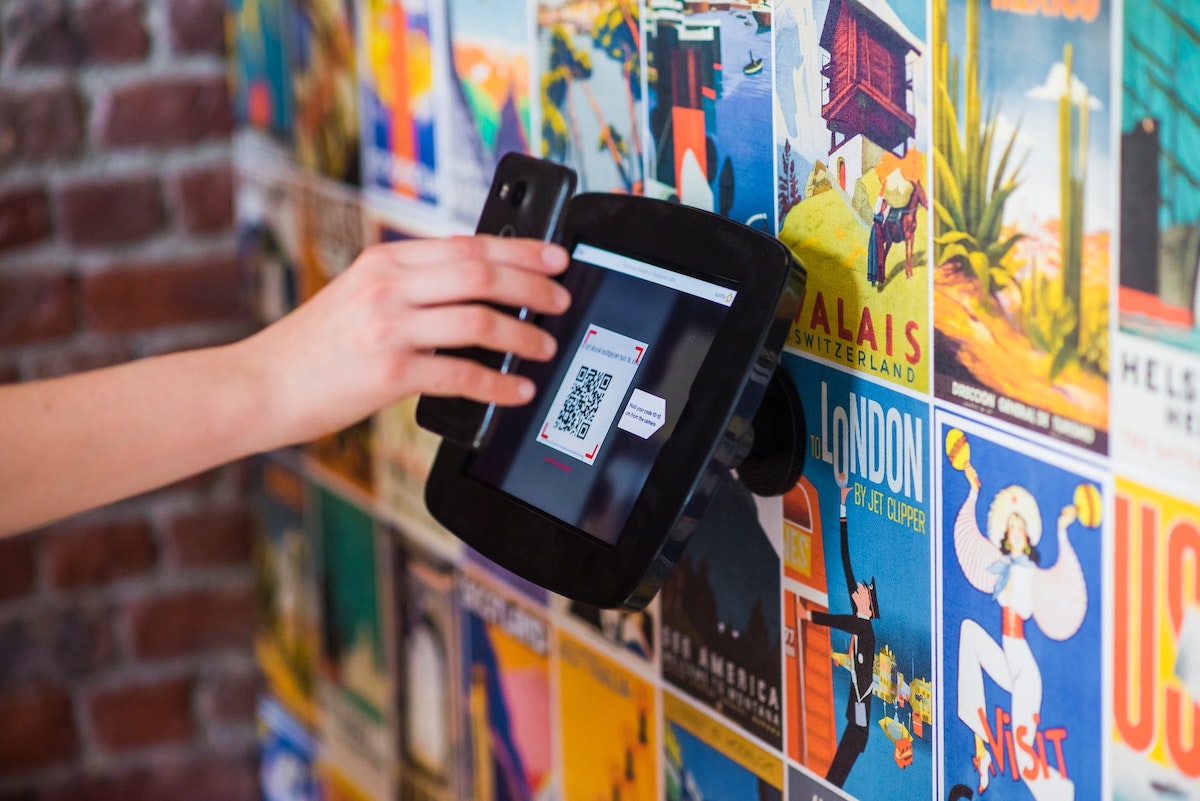There are many tools out there that can make your life easier when it comes to developing software, but which ones will work best for you?
If you’re a beginner software developer and you’re looking for the best tools to help you get started and succeed, look no further. Here are the top tools for software developers:

1. GitHub
GitHub is a platform for software developers to manage their projects and collaborate with other developers. If you’re interested in learning how to code, GitHub can be an excellent way to practice your skills.
GitHub has features that make it easy for beginners to learn how to use the platform and collaborate with others. You can use GitHub’s free service or pay less than $5 per month for unlimited private repositories.
Here are some ways to use GitHub:
- Use it as a portfolio of your work. Create a new repository on your account and share it with friends and family so they can see what you’ve been working on lately. Use this as an opportunity to show off your coding skills;
- Create a profile page on your account that showcases all of your projects, even if they aren’t public yet. This way, people can see what you’ve done in the past and may be able to give you feedback on future projects or give you recommendations on where else to find help if needed.
GitHub is best known as a repository for source code, but it’s much more than that. The site offers tools for managing projects and tracking changes over time. It also has an incredibly active community of users who can help you learn new skills, how to code landing pages, etc or fix problems with your code.
You can rely on GitHub backups to ensure that your work is securely stored and easily recoverable in case of data loss. While GitHub is renowned among software developers for hosting and collaboration, it’s not limited to traditional software projects.
Many open source CRM systems also find their repositories on GitHub, allowing businesses and developers alike to manage customer relationships while benefiting from the collective contributions of the community. This synergy means that just as one might fine-tune a piece of software on GitHub, businesses can also adapt CRM tools, hosted on the same platform, to cater to their unique requirements. The power of GitHub thus extends beyond typical codebases, enabling innovation in business solutions like CRM systems as well.
2. Observability tool
Observability tools like Middleware help software developers understand the behavior and performance of their applications. These tools provide insights into the systems and services that allow developers to:
- Monitor system metrics: Collect and visualize system-level metrics such as CPU utilization, memory usage, and network traffic.
- Evaluate system health: Continuously monitor the health and stability of the application and receive alerts when issues arise.
- Track application performance: Identify performance bottlenecks and monitor response times of critical application components.
- Monitor user behavior: Track user actions and understand how they interact with the application.
- Debug and troubleshoot errors: Quickly identify and fix errors and issues in the application by analyzing log data and traces.
3. Android Studio
Android Studio is an integrated development environment (IDE) that allows developers to write, run, and debug Android applications easily.
Android Studio was released by Google in 2013, as an improved version of Eclipse, with many features added to support Android application development. It has since become the primary IDE used by developers working on Android apps.
Android Studio features:
- A code editor with autocompletion support and code refactoring functionality;
- A build system based on Gradle (a build tool used by Android);
- A layout designer with drag-and-drop capabilities and support for Material Design specifications.
Android Studio provides all the features needed to develop Android devices and Google Play apps. It’s an integrated development environment (IDE) that lets you build apps for Google’s Android operating system. You can use Android Studio to develop apps for the Android platform, or you can use it to build apps for other platforms that support Java and you want to optimize for mobile devices.
4. Genymotion
Genymotion is a tool for software developer beginners. This software helps create virtual devices and test them in an automated way without having to buy real devices.
Genymotion is a powerful Android emulator that can be used to test apps on the go without having to own an Android phone or tablet. It supports OpenGL acceleration, hardware acceleration, GPS location, and other features, making it perfect for testing your apps on different devices.
The tool also comes with an integrated browser that allows you to test how your websites will display on different screen sizes.

5. SourceTree
SourceTree is a tool that has all the features you need to manage your Git and Mercurial repositories, but it’s easy to use and understand.
SourceTree is free for individuals and small teams. It also includes support for more advanced users who want to use Git in a centralized fashion.
You can use SourceTree to:
- Manage multiple source code repositories, including Git, Subversion, and Mercurial;
- Create patches and apply them later;
- Manage multiple branches of files in one view;
- Search through the history of files with built-in Git blame;
- Import repositories from other applications or services like GitHub or Bitbucket;
- View current changes in files without loading the repository again.
You only need to connect SourceTree with your account, which will automatically sync all your repositories. You can also access them locally if you want to modify your computer before pushing them back up to the cloud.
SourceTree has a built-in terminal to run commands directly from within the application. This makes it easier than using the command line if you still need to gain experience with it.
6. Postman
Postman is a tool that allows you to test the APIs of your web applications and programs easily. This tool will help you save time and create requests, view responses, and share them with others. Postman is a powerful tool for software developers who want to test their applications’ APIs before code completion or integration into their applications.
Developers created Postman from the Google Chrome team, which explains why it has been built on top of Chrome’s open-source tools like Puppeteer and Headless Chrome. Postman is a web application that runs in the browser, so it doesn’t require any plugins or extensions. Its main features include:
- Creating requests by using different HTTP methods (GET/POST/PUT/DELETE);
- Managing collections of requests as well as adding or removing individual requests from a collection;
- Sharing collections with other users.
You can also use Postman to test your API locally on your computer or on a server environment. The tool is available for Windows, Linux, and MacOS.
7. Docker
Docker provides an easy way to package your application and all its dependencies in an isolated container.
The idea behind Docker is simple: instead of installing dependencies on your local machine, you can use Docker to create a virtual machine (or “container”) that contains everything you need to run your application. You can even include multiple versions of the same dependency if you want to test how your application works with different versions.
Docker isn’t just for running applications — it’s also helpful in deploying them. If you’ve ever tried to set up an application or database server on a remote server, you know that it can be complicated and time-consuming. Docker makes this process much simpler by letting you run containers on any computer that has Docker installed and configured correctly without having to deal with the details of configuring servers correctly first.
Conclusion
As a software developer, it’s important to have the right tools for the job. These are just a few that’ll help you get your feet wet in the world of software development. There are many more out there, but this list should be a good starting point.

















